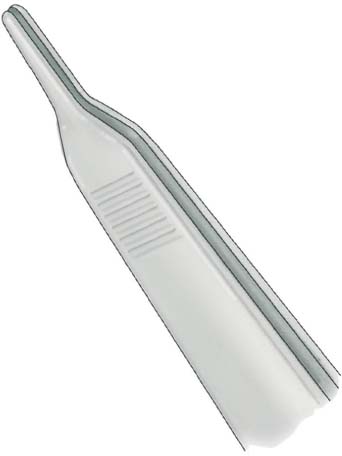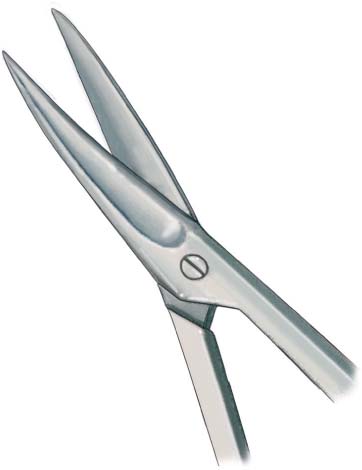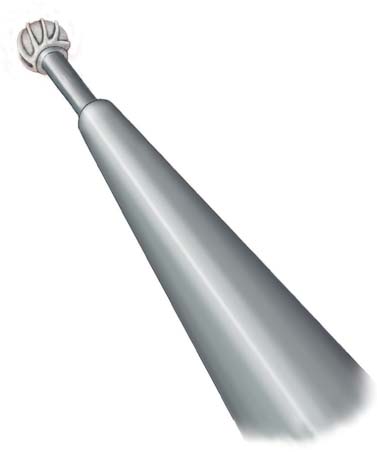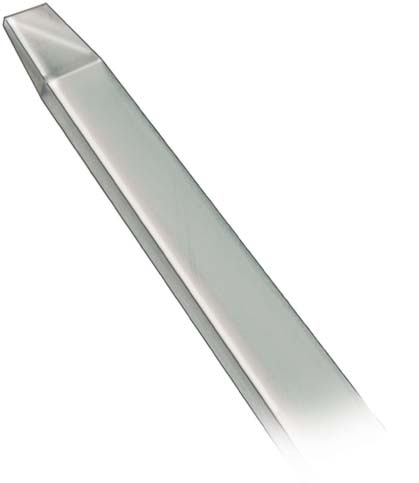3 Tip: Balance the microscope so it can be moved with the nose and ensure the lenses are well adjusted and clean. Our microscope is equipped with lateral binocular eyepieces on one side and a video camera connected to a computer with recording software and a CD and DVD burner on the other. We use a 250-mm lens, except in stapes surgery where a 200-mm lens is preferred. The microscope is draped with a sterile plastic cover. Tip: The scrub nurse should be sufficiently trained to allow the surgeon to remain focused on the microscope at all times. We use straight instruments, except sometimes to work on the stapes or footplate, where angled ones are more suitable. Lempert suction tubes are used for drilling, except for precision work. Microsuction is used for the middle ear cavity and precise mastoid surgery. Single-use microsuctions with a diameter less than 0.7 mm are used around fragile and precarious structures, such as the footplate, stapes, round window, and in labyrinthine fistula. Low-volume irrigation is performed with a 20-mL syringe and important irrigation with a continuous-flow perfusion. Monopolar coagulation is used for macroscopic work, and a microcoagulation needle at a low power setting for microscopic work. Fig. 3.1 Anatomical forceps Fig. 3.2 Blunt curved scissors Fig. 3.3 Cutting burr Fig. 3.4 Chisel
Surgical Materials
3__Surgical Materials
Surgical Tools
Microscope
Instruments
Basic Instruments
Stay updated, free articles. Join our Telegram channel

Full access? Get Clinical Tree






